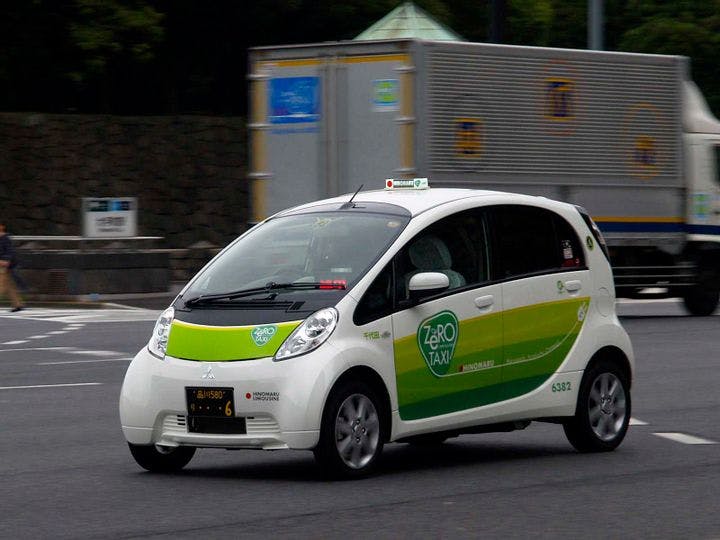Fall 2013
Do fuel-efficient cars increase traffic fatalities?
– The Wilson Quarterly
Accidents pitting eco-friendly cars against trucks and SUVs have increased traffic fatalities.
After the 1973–74 oil embargo by Arab states, the U.S. government enacted Corporate Average Fuel Economy (CAFE) standards, which, along with gasoline taxes, were designed to curb Americans’ gas consumption.
Since then, the standards have changed — 1979 model cars were required to reach a fleet average of at least 17.2 miles per gallon, while 2016 models will have to achieve over 35 mpg — and so has the rationale. No longer chiefly worried about fuel shortages and oil imports, regulators push for eco-friendly cars in order to reduce pollution and fight global warming.
But there is a downside to smaller, more efficient fleets of cars: a higher risk of deadly traffic accidents. According to Mark R. Jacobsen, an economist at the University of California, San Diego, “Each one mpg increase in CAFE standards causes an additional 149 fatalities per year.”
In other words, the increase in fuel-efficiency requirements that began in 1978 will translate into 2,533 more deaths on the road in 2016.
To put this toll in cold, hard, economic terms, these traffic fatalities cost society 33 cents — in lost productivity, medical expenses, and more — for every gallon of gasoline saved. The environmental costs of carbon emissions and the health effects of air pollution, meanwhile, come to 38 cents per gallon used.
“Larger and heavier vehicle classes are the safest to be inside during an accident but also impose much greater risk on others in the fleet,” Jacobsen explains in Applied Economics. The fact that CAFE regulations mandate tougher mileage standards for passenger cars than for light trucks has changed the mix of vehicles on the road as passenger cars have become smaller and lighter, while SUVs and pickup trucks remain disproportionately dangerous to the cars around them. The largest Ford Expedition weighs more than 6,000 pounds—twice as much as a Toyota Prius—and accidents have increasingly pitted such disparately sized automobiles against each other.
It’s not just the vehicles that make a difference. “The most dangerous drivers (pickup truck owners) are nearly four times as likely to be involved in fatal accidents as the safest drivers (minivan owners),” Jacobsen reports, even after accounting for the safety features of their vehicles. And a person behind the wheel of a large sedan poses a greater risk than the driver of a smaller car.
Before you start wondering what’s more important — reducing auto emissions or preventing fatal accidents — Jacobsen offers a few ways out. One alternative is to create a single fuel economy standard for all passenger vehicles, which would reduce the number of trucks and SUVs on the road. That would result “in an increase of only eight fatalities per year” for each increment of one mpg in the standard. Another approach is to set mileage goals based on the size of the vehicle: the larger the vehicle, the lower the efficiency target. The result would potentially be no further increase in fatalities as CAFE standards continued to rise.
Boosting the fuel economy of cars and trucks doesn’t have to mean putting ourselves at risk: If we’re trying to protect our future, after all, we want to be there to enjoy it.
THE SOURCE: “Fuel Economy and Safety: The Influences of Vehicle Class and Driver Behavior” by Mark R. Jacobsen. Applied Economics, July 2013.
Photo courtesy of Wikimedia Commons
